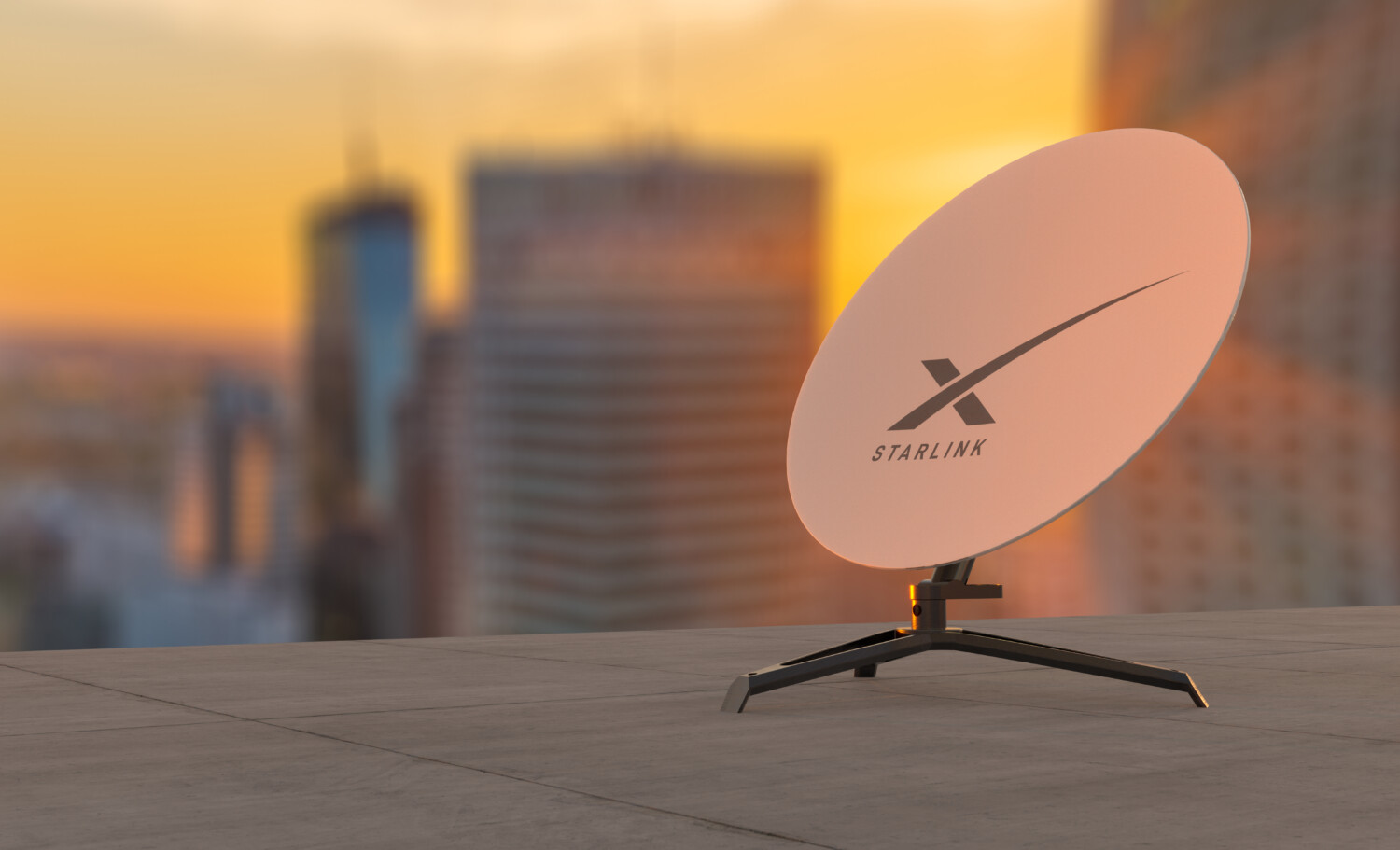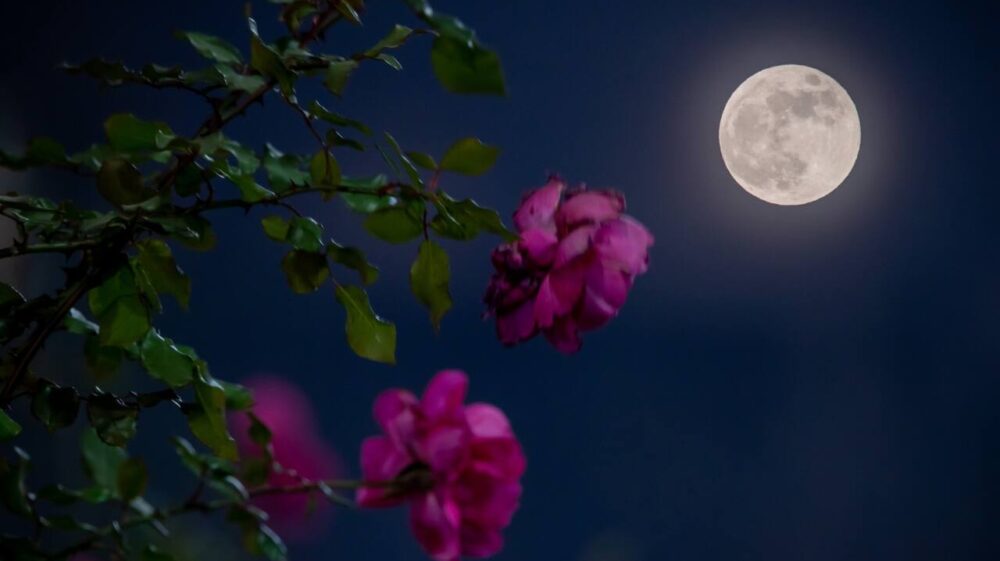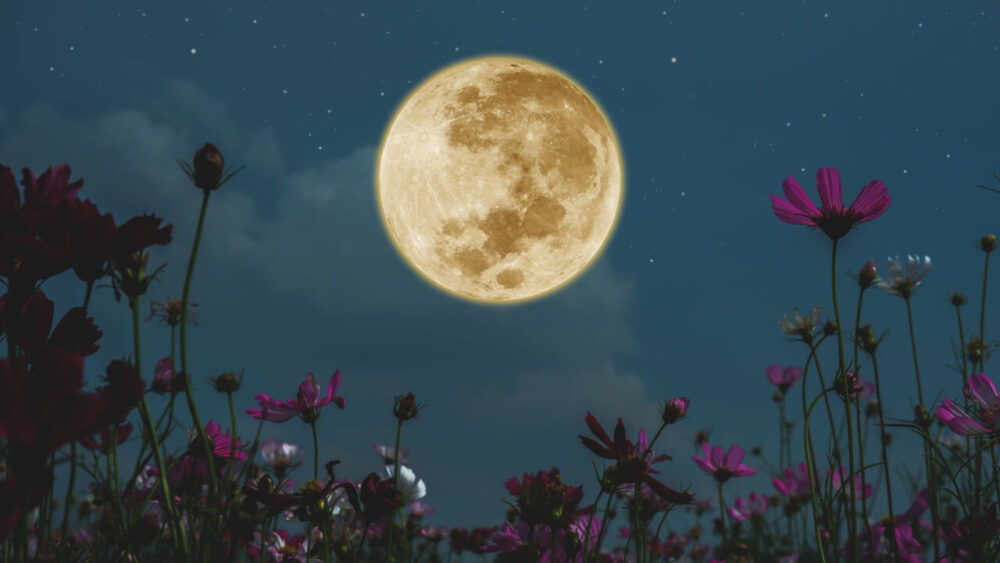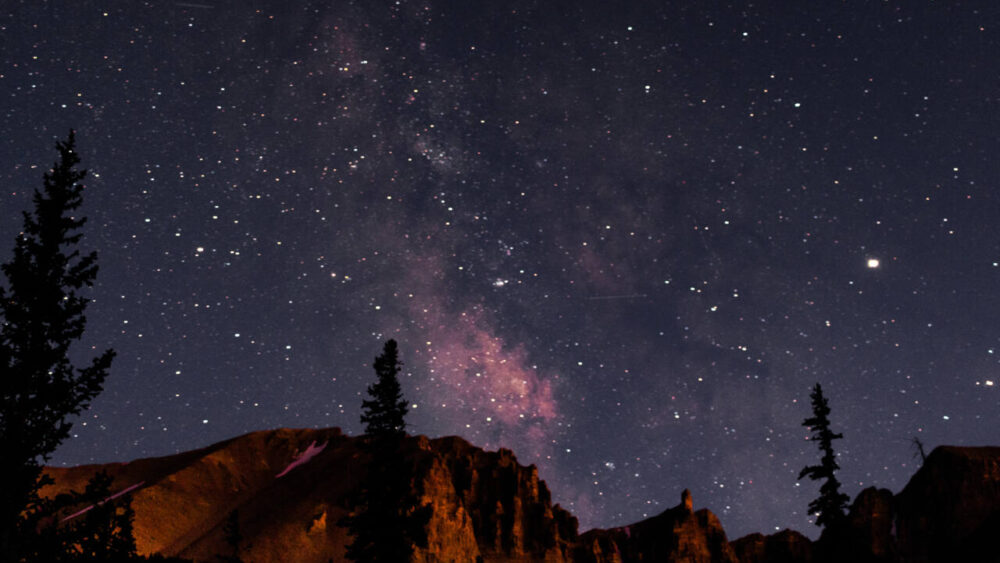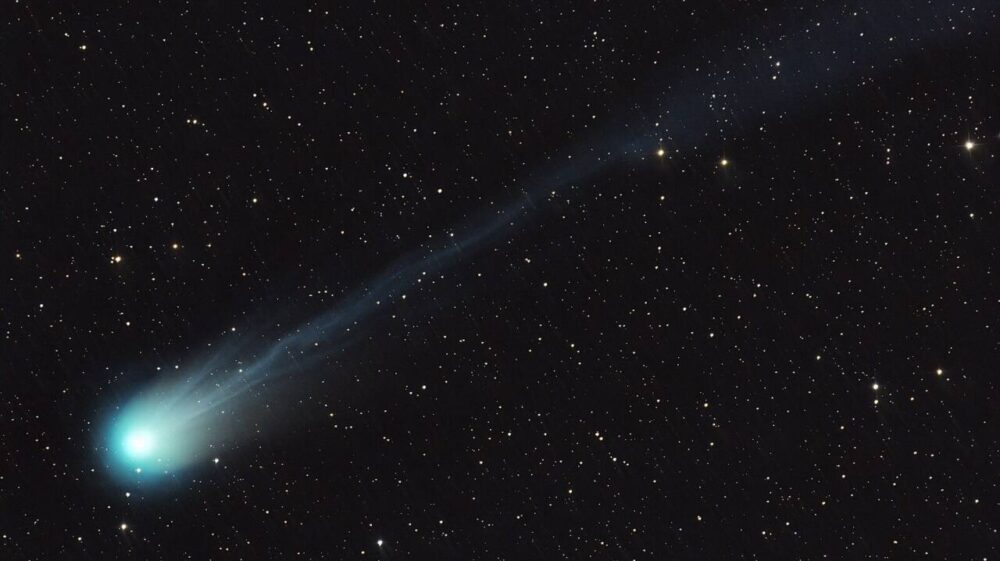Why you might see a string of lights in the night sky
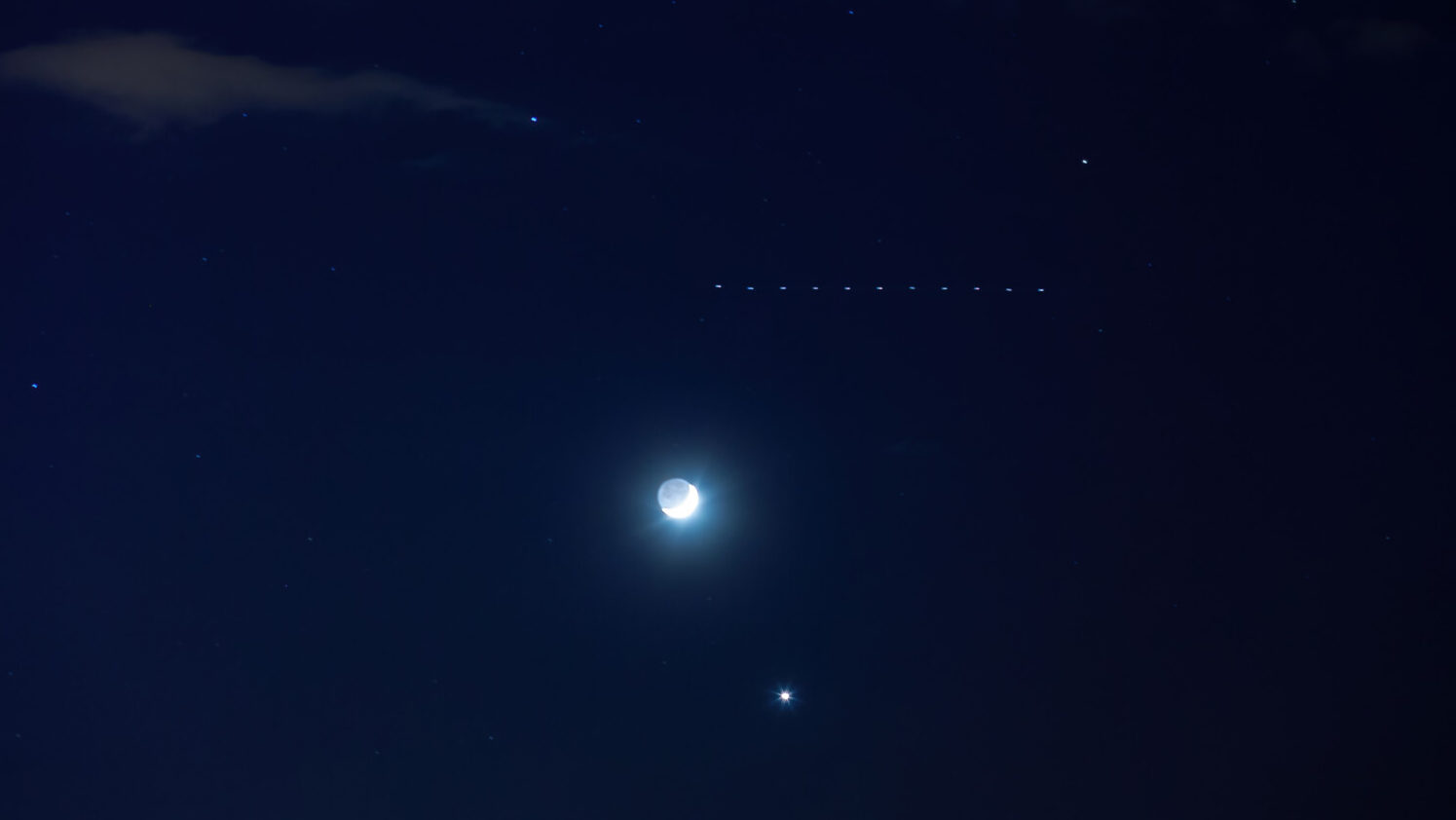
The night sky looks a little different these days.
Over the past few years, people across the globe have reported seeing a horizontal line of lights moving across the sky. But, before you start thinking about aliens, these lights have a very terrestrial explanation.
That’s because these lights are actually satellites, namely Elon Musk’s Starlink satellites. And there is a reason why more people have been reporting seeing these lights in recent months.
Since May 2019, SpaceX has been launching Starlink satellites at a brisk pace — in July 2023, it launched them on a weekly basis. This means that there are now more than 4,500 of these satellites in the sky, so people are noticing their presence more frequently as they move into position. Musk has said his goal is to have 42,000 in space.
Starlink offers broadband internet service from satellites that orbit the Earth at a lower orbit than some other satellites and are spaced around the globe. (Starlink satellites orbit at about 342 miles high; NASA says that many weather and telecommunication satellites operate in a “high” orbit, above 22,000 miles above.) Their closer orbit allows lower latency, which means the network can support high-data-rate activities like streaming, gaming and video calls. It also makes the satellites, which reflect sunlight, more visible to the naked eye as a “satellite train” that people have been noticing.
MORE: These national parks have stargazing parties on summer nights
Why is internet satellite becoming so popular? Starlink can offer good download speeds and provide massive data capabilities. It’s meant to be especially useful if you live in areas that don’t have good internet connectivity, like rural households, although it isn’t available in a lot of them yet.
For places like Ukraine, which asked Musk to help keep it connected to the world through Starlink, it’s designed to offer a more resilient network that isn’t dependent on physical structures that can be taken down in war, as Satellite Today points out. It is also useful on cruises, and lines like Royal Caribbean have joined Starlink so guests can have reliable internet while on board.
Starlink comes at a high price, though. It costs $120 a month (although there’s no contract) and requires a $599 fee upfront in order to pay for the dish and router. And, Starlink can experience outages. Most notably, an outage in April was caused by expired ground station certificates, which led Musk to offer a mea culpa to irritated users. And many users aren’t necessarily sold on Starlink yet, as its benefits and usability seem extremely location-dependent right now.
MORE: The best telescopes for home use, according to star-gazing experts
In addition, scientists and ecologists have expressed serious concern about internet satellites and the lack of regulation over these devices. Astronomers worry that these satellites contribute to light pollution and make their research difficult. Satellites also create light and noise that can interfere with the behavior of animals, especially nocturnal creatures.
Here’s a YouTube video from National Geographic’s Babak Tefreshi that captures the “satellite train” advancing across the sky:
“We are witnessing a dramatic, fundamental and perhaps semi-permanent transformation of the night sky without historical precedent and with limited oversight,” researchers led by John Barentine, director of public policy for the International Dark Sky Association, wrote in a March 2023 paper published in Nature Astronomy.
If you want to see the lights for yourself, check out the Find Starlink website. You can input your location and get a date and time for when you can next see Starlink in your area, weather conditions permitting.


